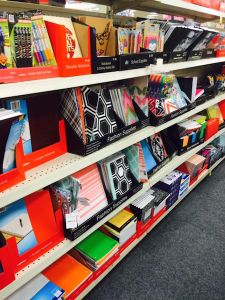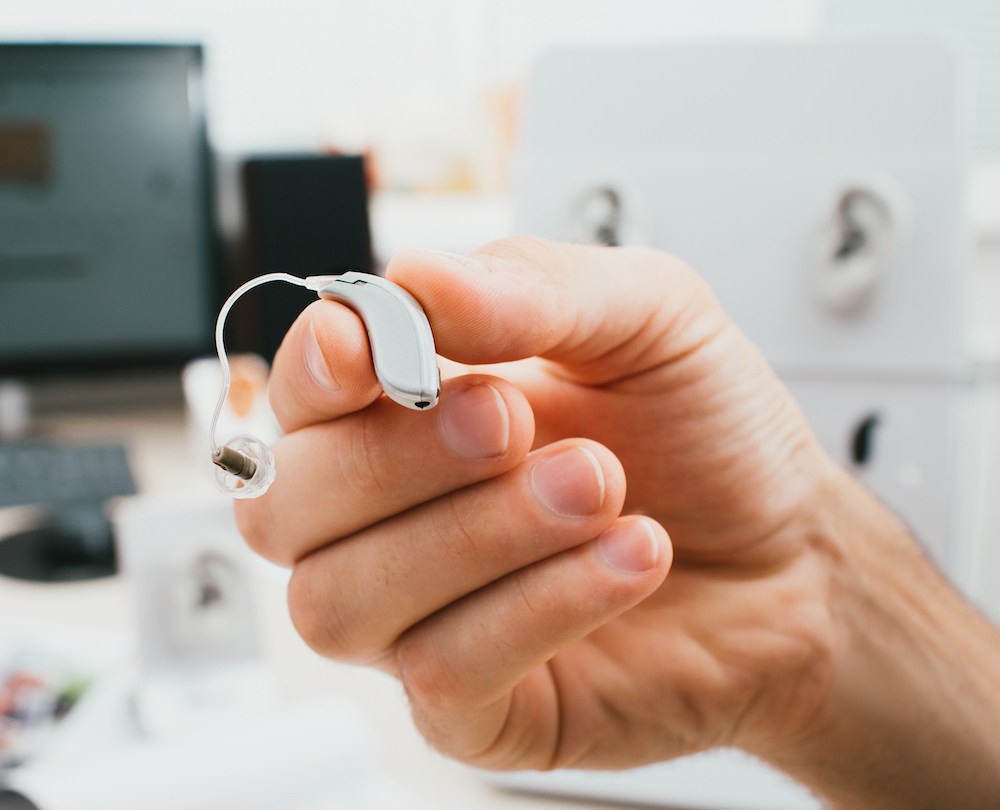How Wearable Tech is Merging with Hearing Aids
Decades of research have revealed a clear link between hearing loss and

By: admin | August 18, 2015
The commercials have started and aisles toward the front of every store are overflowing with notebooks, 24 packs of crayons and rulers. Love it or hate it: back to school time is fast approaching so it is time to stock up. But parents of kids with hearing loss have to think beyond glue sticks and two pocket folders; the back-to-school lists for children who are hearing impaired or have hearing loss should have a few well thought out extras to ensure a smooth and successful year.
Even before school starts, there are a few things you can do to help ensure your child gets the most out of the classroom learning environment.
In addition to the usual school supplies you’ll want to make sure these helpful and necessary items are tucked into your child’s backpack on the first day of school:
Parents aren’t the only ones with a responsibility to make certain children with hearing loss have an equal opportunity to learn; schools have responsibilities as well. For example, if your child has a 504 plan in place, during the school day it is the school’s responsibility to make sure that the hearing aids or C.I. sound processors are functioning properly. Schools are responsible for seeing the teachers are properly trained to assist students when necessary. To help your child, teachers should be able to check the functioning of hearing aids or sound processors during the school day. There are several kinds of testing equipment available, so check with your hearing healthcare professional or cochlear implant manufacturer to see which one is best for your needs. A testing stethoscope, for example, can be used to see whether the device is receiving and transmitting sound by allowing teachers to hear the sounds that the device is producing. Teachers should also know how to change batteries in hearing aids or sound processors, if your child is too young to do so himself. In addition, hearing assistive technology must be provided at no charge to the family if the student requires it due to the presence of a 504 or IEP plan. Examples of hearing assistive technology include:
Helps cut through the background noise by amplifying the teacher’s voice through a microphone and broadcasting it through a speaker in the classroom.
Like a sound field system, but instead of broadcasting sound through a speaker, it broadcasts sound directly into the student’s sound processor or hearing aid.
Also allow sound to be transmitted directly to the sound processor or hearing aid when the child is using a video or computer system. Personal audio cables should only be used with battery operated devices such as iPods, iPads and MP3 players, however, due to the risk of power surge. TV/HiFi cables offer surge protection, and can be used for computers and other systems than use electricity.
The teacher speaks into a microphone and the signal is fed to a loop that encircles the listening area. Useful for those with hearing aids that have integrated telecoils, these systems are inexpensive and easy to install.
Short for Communication Access Realtime Translation, CART is like closed captioning for the classroom. A specially trained CART operator uses a transcription machine to record all spoken text. The text is then displayed on a monitor or screen. It is more expensive due to the need to pay an operator, so CART is generally only used at colleges or universities. Just remember, back to school time can be stressful even for children with typical hearing. When it comes to children with hearing loss, advocacy, communication, planning and preparation can go a long way toward making sure the school year gets off to a good start. Reprinted with permission from www.healthyhearing.com. Please visit our site for the original article: https://www.healthyhearing.com/report/52497-Back-to-school-with-hearing-loss

Decades of research have revealed a clear link between hearing loss and
By: admin | March 26, 2024

Getting your hearing aid fitted can take anywhere from 30 minutes to an
By: admin | December 11, 2023

Finding the right hearing instrument specialist (HIS) is one of the most
By: admin | November 12, 2023
